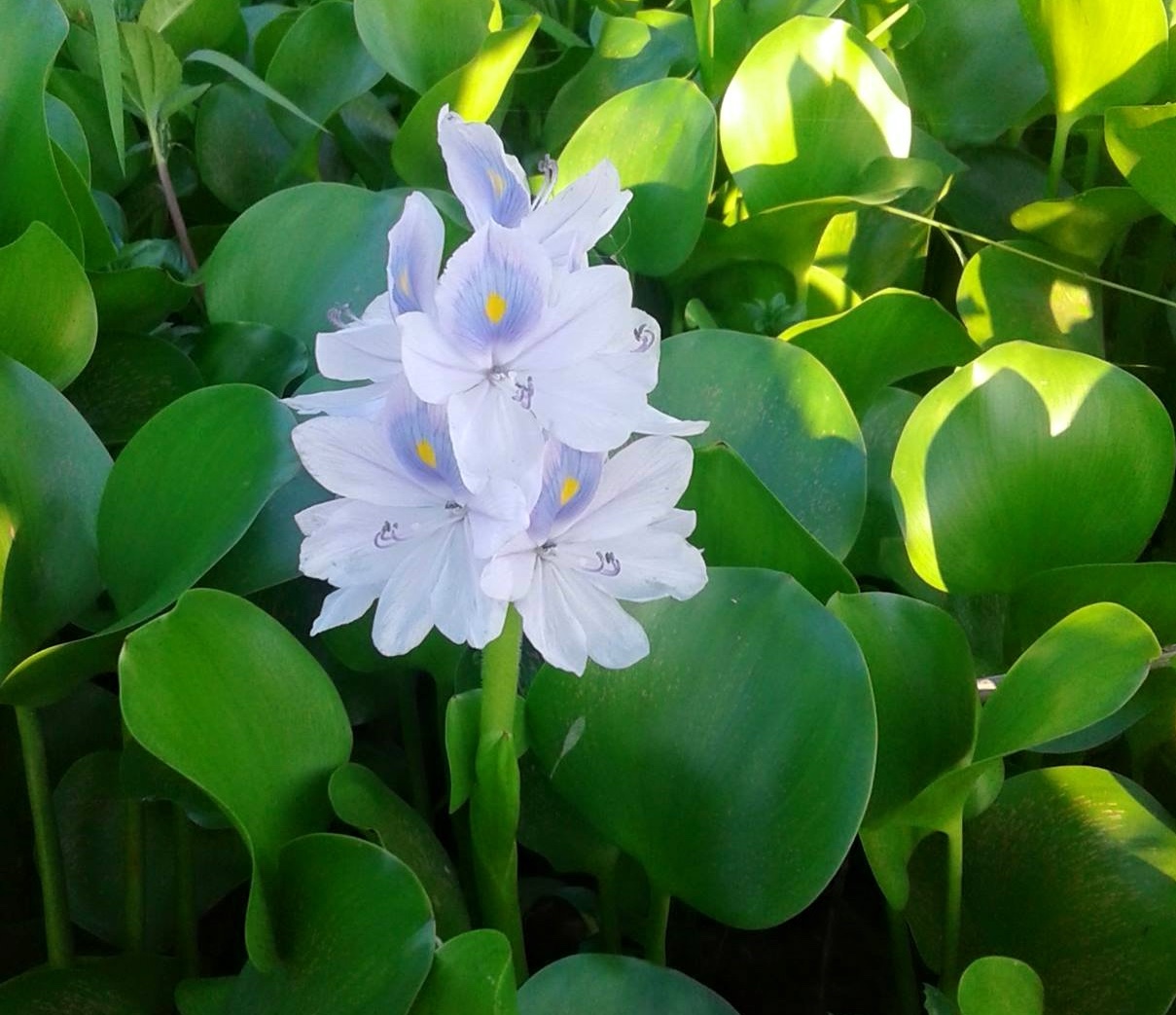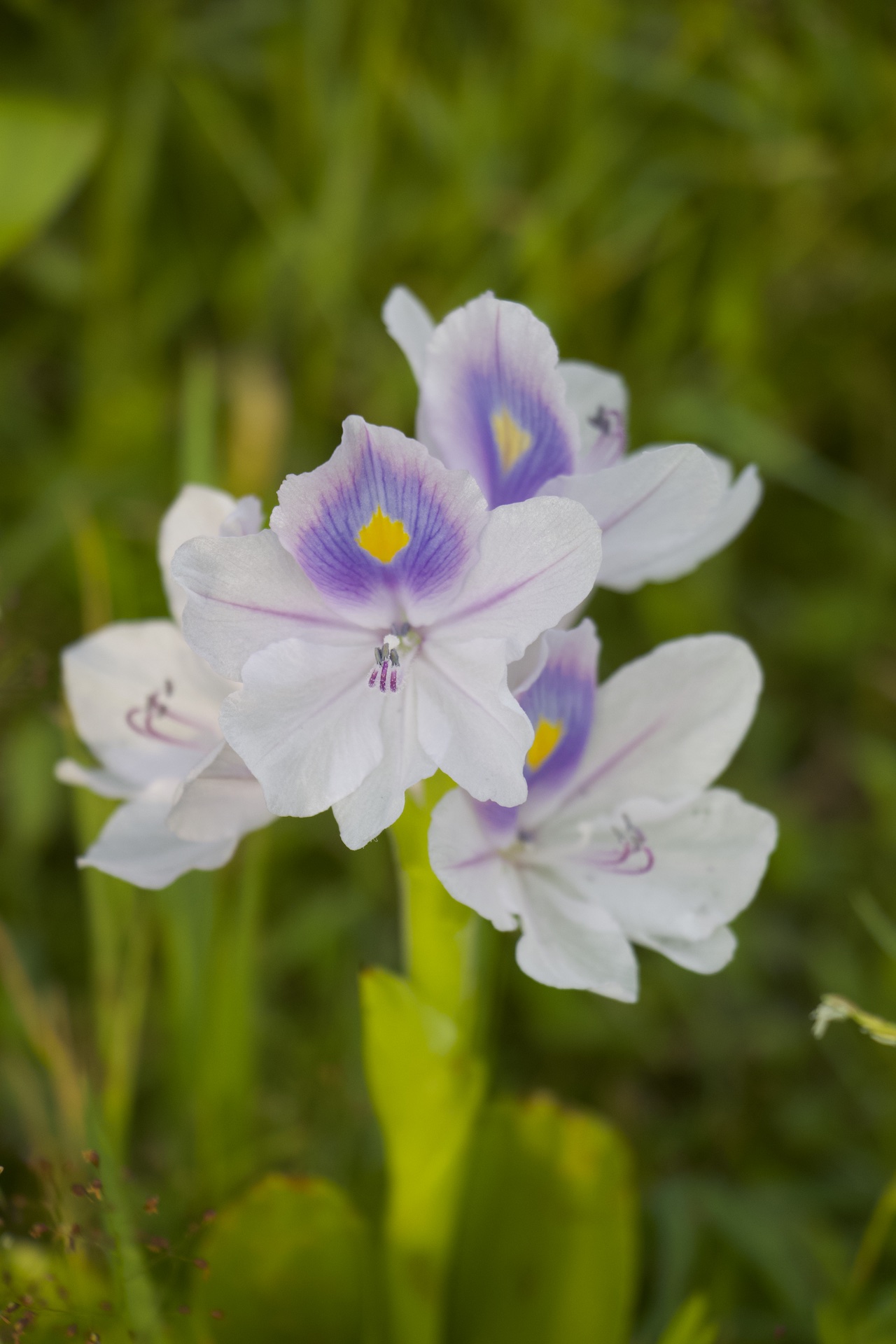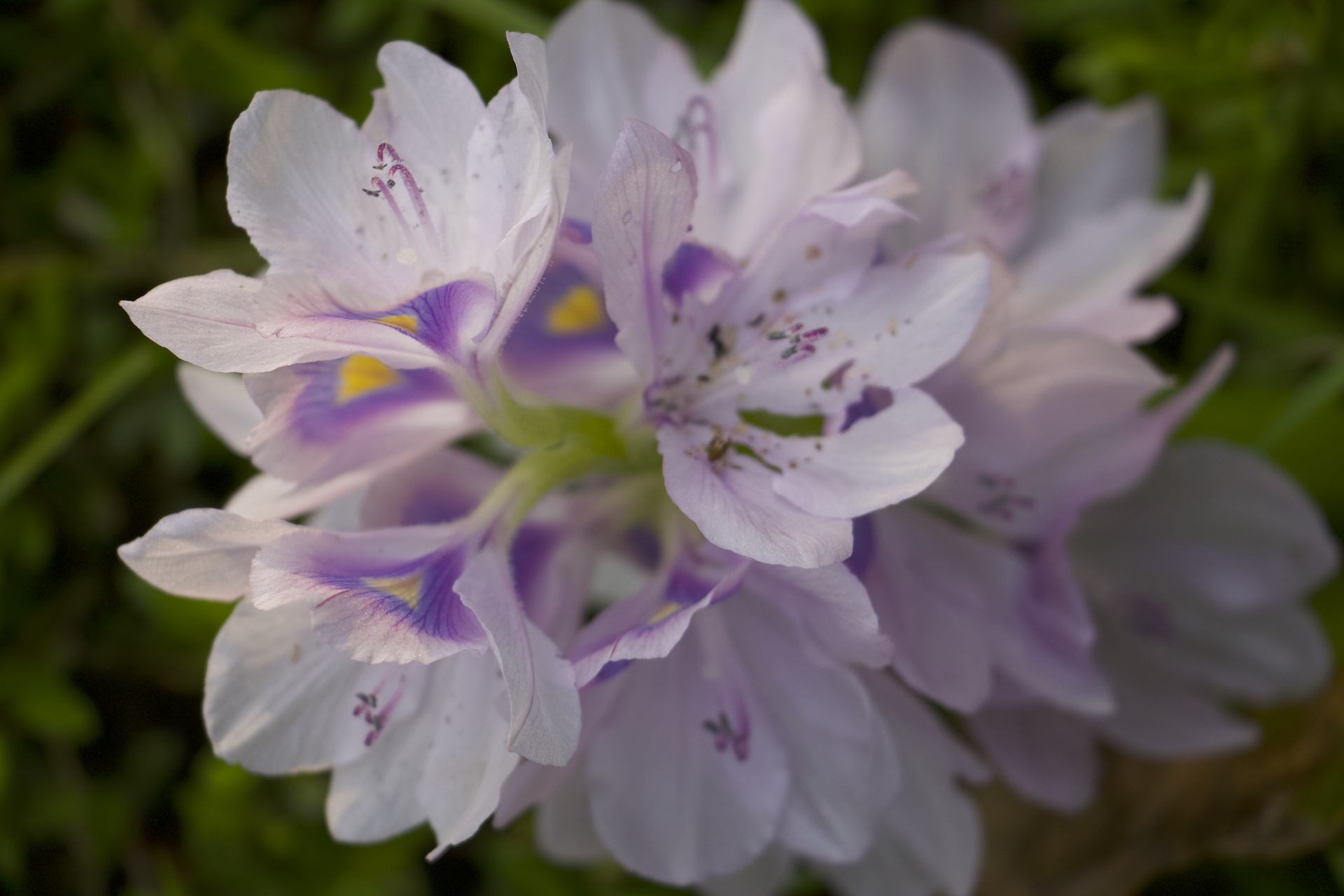

Identification Notes




EPPO CodeEICCR |
Life CyclePerennial |
MorphologyLeaves: Large, broad, glossy leaves are typically circular or ovate, ranging from 10-20 cm in diameter. They are smooth and glossy with entire leaf margins. Petioles: The leaf stalks are spongy and inflated, which helps the plant float. Roots: The root system is fibrous, long, and feathery, often extending up to a meter in length. Flowers: Flowers are light purple to blue and arranged in a spike inflorescence. Stems: The plant produces stolons, underwater stems that connect the parent plant to its genetically identical progeny. Fruit: The fruit is an ovoid capsule containing numerous seeds. |
Growing seasonRainy season, typically from June to September |
Germination periodJune to September |
Flowering periodTypically flowers during the monsoon season, from October to January |
PropagationBy Seed and Offset |
HabitatA wide variety of freshwater environments, particularly in tropical and subtropical regions |
Weed potentialChoke waterways, reducing light penetration, oxygen levels, and overall biodiversity. Disrupt fishing, transportation, and irrigation, causing financial losses. Its dense mats can create breeding grounds for disease-carrying mosquitoes, impacting public health |
Control measurePhysical, chemical, and biological methods (Weevils or fungi) |
Recommended herbicide2,4-D, glyphosate, and diquat. |
DistributionNative to South America but has become highly invasive and naturalized in many other regions worldwide. It's now found in various warm, tropical, and subtropical areas, including North America, Europe, Asia, Australia, Africa, and New Zealand |
Medicinal propertiesThe leaves are edible and may be eaten raw in salads, steamed or cooked in soups. In rural areas, the leaves are used as animal feed. It has strong phytoremediation potential, because it absorbs many types of pollutants, such as Pb, Zn, Ni, Hg, Cr, and As. It also absorbs the nutrients N and P that are detrimental to the environment at excess levels. |
References- |